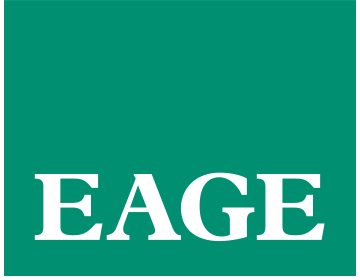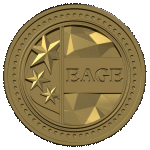Copyrights and use of EAGE materials
All materials of EAGE (such as articles from our magazines or abstracts and papers from our conferences) are protected by copyrights. EAGE either owns these copyrights or has the publication rights to the materials. In case you would like to use our materials, please take notice of our general rules regarding copyrights as set out below.
If you are not the author of the material
EAGE has the right to copy or publish the materials. This means that if you are not the author of the material, you need the prior permission of EAGE and/or the author for all types of use of the material, including the following:
- storage of the material, for instance on your intranet page;
distribution of the material, for instance by sharing it with colleagues or in a newsletter; - publication of the material, for instance in an online database, on a website or in a magazine.
- To request such permission, please contact us at eagepublications@eage.org. EAGE will consider such request on a case-by-case basis and fees may apply.
Tables and illustrations in the materials
Please note that EAGE is only able to grant permission to use the parts of materials that it has the (publication) rights to. This in any event concerns the text of the material. If tables or illustrations are used, it is possible that a third party owns the copyrights to such elements and has provided the author and/or EAGE with a permission to use these elements. In that event, you will need to contact the right holder for permission to use such content as well.
If you are the author of the material, or an employee
We emphasize that EAGE has the exclusive right to the material and that in many cases even the author or its employee need permission for the actions summed up under A. Therefore you are in principle not allowed to use the material, or send it to another magazine for publication.
However, because of the good relationship we have with our authors, we have made some exceptions to these rules. In the event the material concerned was made in the course of the employment of the author, the same exceptions apply to the employer.
- a PDF of the material may be shared with other employees of the company that the author works for. The material can for instance be sent to colleagues or placed on the company intranet site, provided of course that such site is not accessible for any persons other than the company’s employees. In order to be complete, EAGE notes that the material can be used in news letters that are only sent to other employees, but not to customers or other third parties;
- if it concerns a paper that was presented at an EAGE conference or event, you may request a one-time permission to publish your paper in a non-EAGE magazine or journal. EAGE is the only party that is entitled to use the abstract until six (6) months after the event that the abstract was submitted for. After this period, you are free to use the original version (but not a version as amended and published by EAGE with the lay-out and logo of EAGE or any images that may have been added) for other purposes;
- if it concerns material to which green or gold open access rules apply, you may publish the material under certain conditions. These circumstances are set out in the publication agreement with EAGE. If you have any questions about these conditions, please feel free to contact us.
To request permission for other kinds of use of the material than summed up above, or if you have any questions, please contact us at eagepublications@eage.org. Although EAGE is never obliged to grant permission for use, we will always consider your request.

